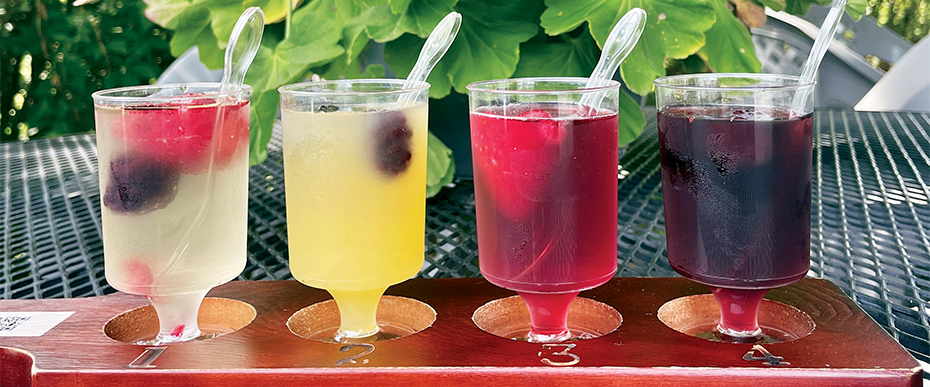
Applewood Winery
Visit Applewood Winery in the heart of the historic Hudson Valley and discover the oldest working farm in Orange County and one of the oldest farms west of the Hudson River.

Visit Applewood Winery in the heart of the historic Hudson Valley and discover the oldest working farm in Orange County and one of the oldest farms west of the Hudson River.

Discover the heart of the Hudson Valley at Christopher Jacobs Winery at Pennings Vineyards, a family farm winery rooted in tradition and passion. More than a winery, Christopher Jacobs is a family-run farm business built on dedication, hard work, and a love for the land.
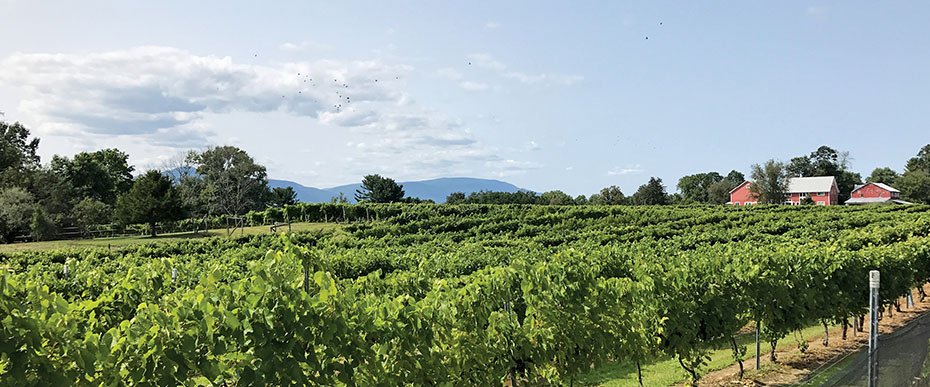
In 2009, Tony Trigo embarked on a remarkable journey by founding Clermont Vineyards and Winery on a picturesque former dairy farm in Clermont, NY. With a background in engineering and heavy construction, Tony has leveraged his expertise to develop innovative methods for tending to and harvesting his grapes, ensuring the highest quality production.

The 98-acre Milea Estate Vineyard is a very successful winery in the historic Hudson River Region, dedicated to capturing the unique, natural environmental benefits of soil, climate, and sunlight to produce outstanding, award-winning wines.
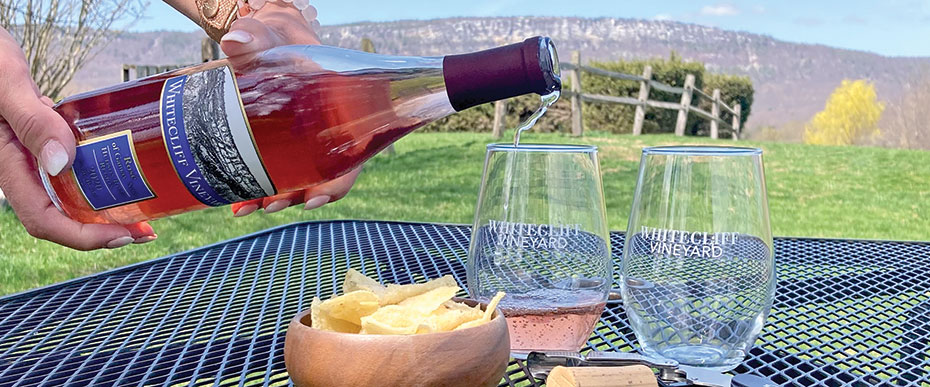
Hailed as “one of the valley’s most ambitious wineries,” Whitecliff takes pride in being part of a vanguard of innovators who have added European wine grapes, high-quality new hybrids, and complex, European-style wines to the Valley’s traditional focus on fruit wines and sweet wines.

Stoutridge Distillery & WInery is a bold leader in high-quality, small-batch spirits
and natural wines in the Hudson Valley. They believe in the power of science, art, and local agriculture and are driven by a desire to challenge the status quo.
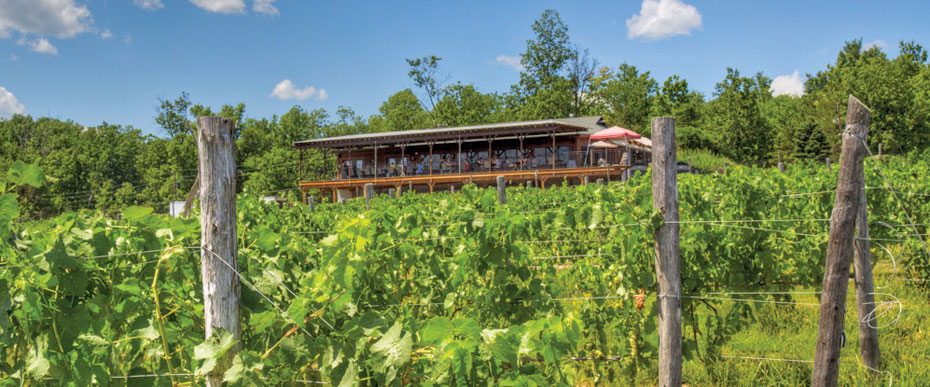
Robibero Winery is set on a 42-acre property that is nestled in and around the breathtaking Shawangunk ridge. The estate vineyard is comprised of Vidal Blanc and Cabernet Franc, two varieties that grow best in their soil. The tasting room is a family-friendly, pet-friendly establishment that includes a spacious concrete bar, fireplace, and plenty of indoor seating.

Quartz Rock Vineyard & Cider House is a small, family-owned, award-winning estate farm winery. The farm and tasting room are located high on a mountain in Marlboro, NY, with spectacular panoramic views from every table.
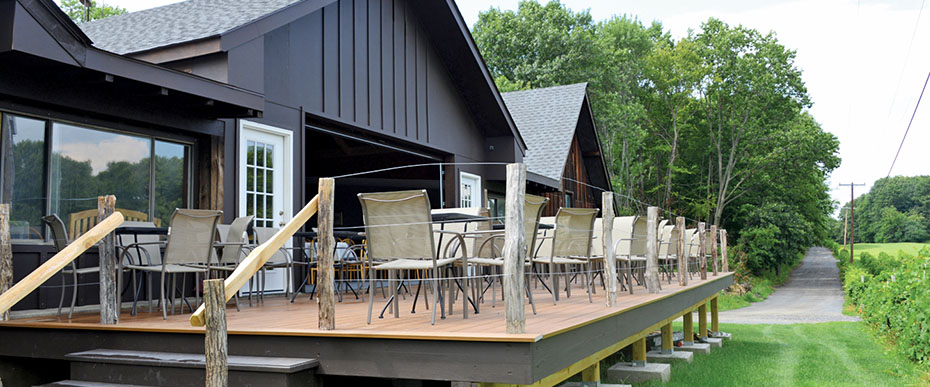
Wine has been made from the grapes of the Hudson Valley since the 17th century when the French Huguenots grew vines and made wine in New Paltz.
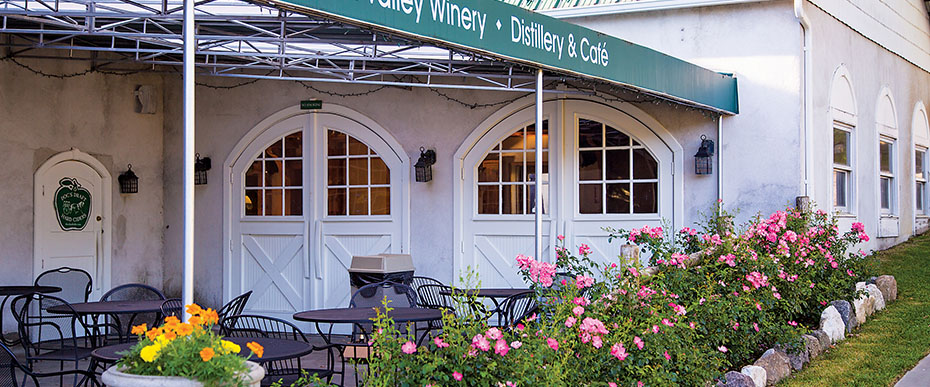
The story begins in the orchard. In 1989, Warwick Valley Winery purchased an orchard and began to learn how to cultivate fruit. The passion for creating wines and ciders soon evolved into an idea to begin distilling and to open the first distillery in the Hudson Valley since Prohibition.
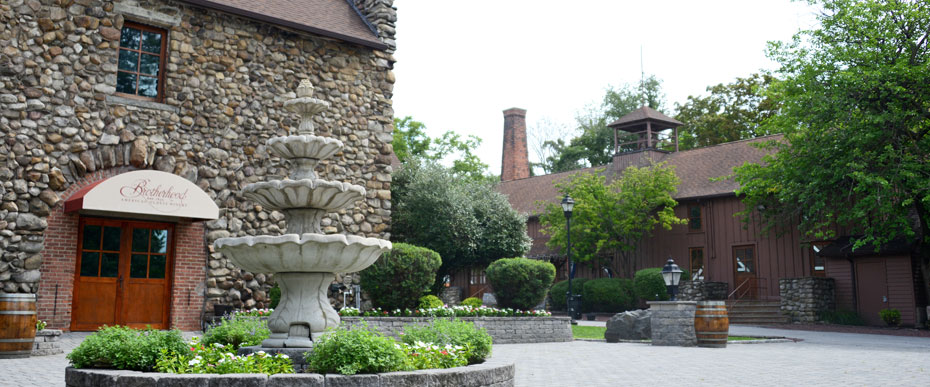
Brotherhood remains the oldest winery in America, continuously operating from 1839 to today, even throughout Prohibition.
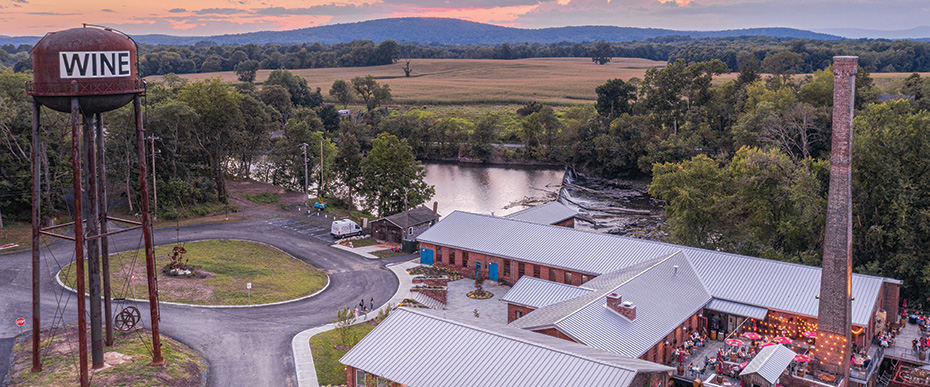
Nestled along the Wallkill River, in the historic and picturesque Montgomery Mills, City Winery Hudson Valley offers a stunning destination that blends breathtaking scenery with a vibrant atmosphere. The scenic 22-acre property consists of a fully functioning winery, restaurant, tasting room and event venue.